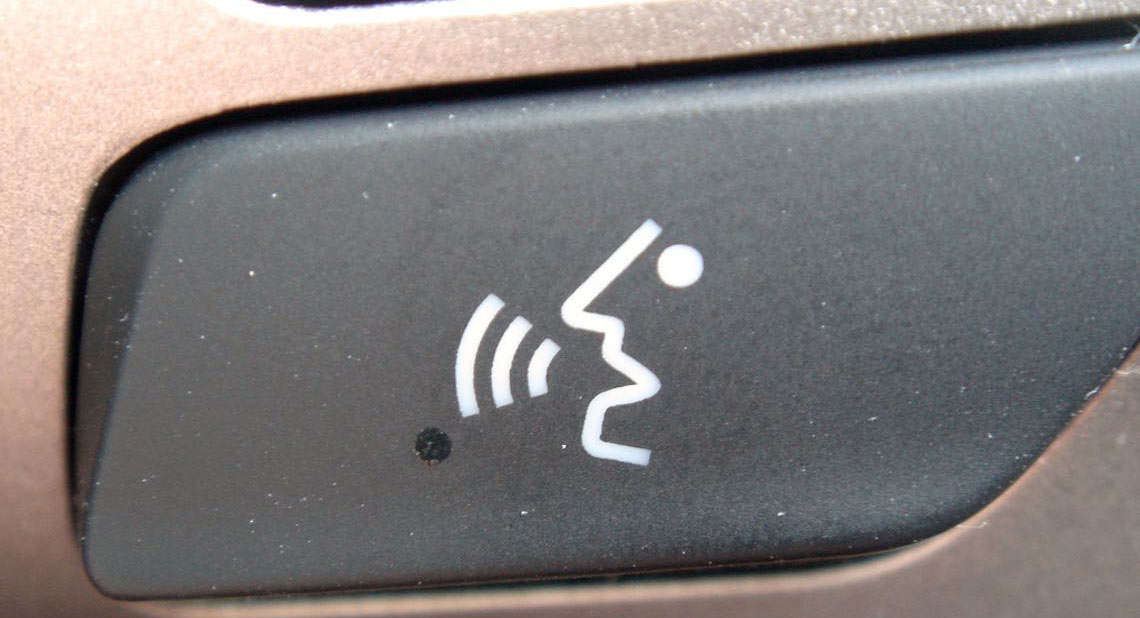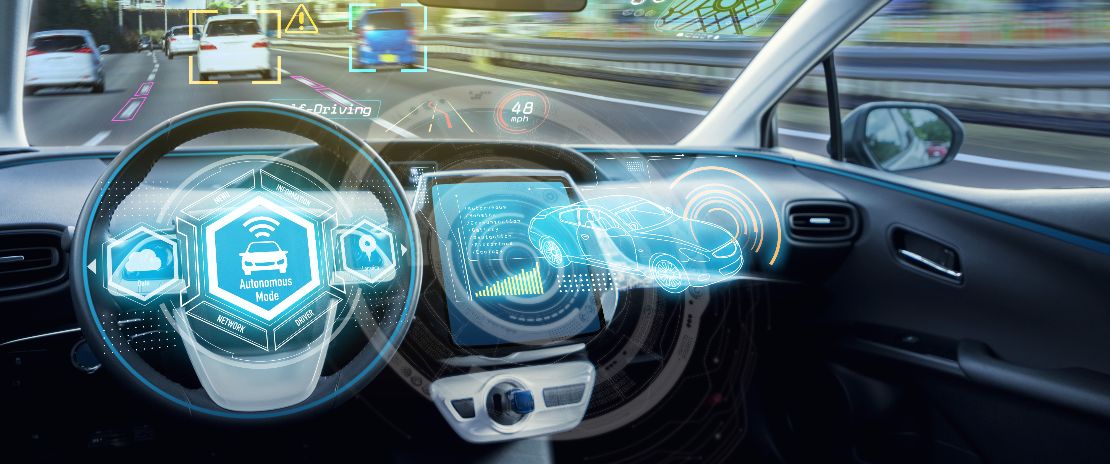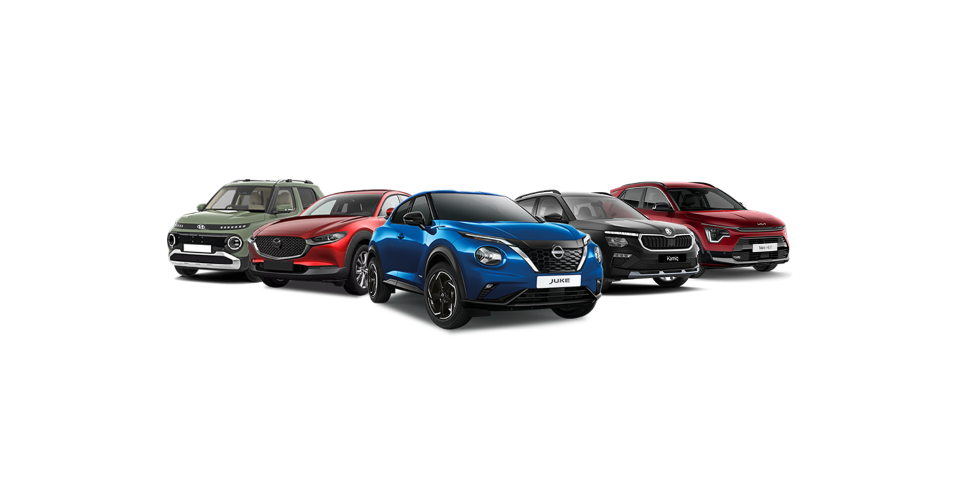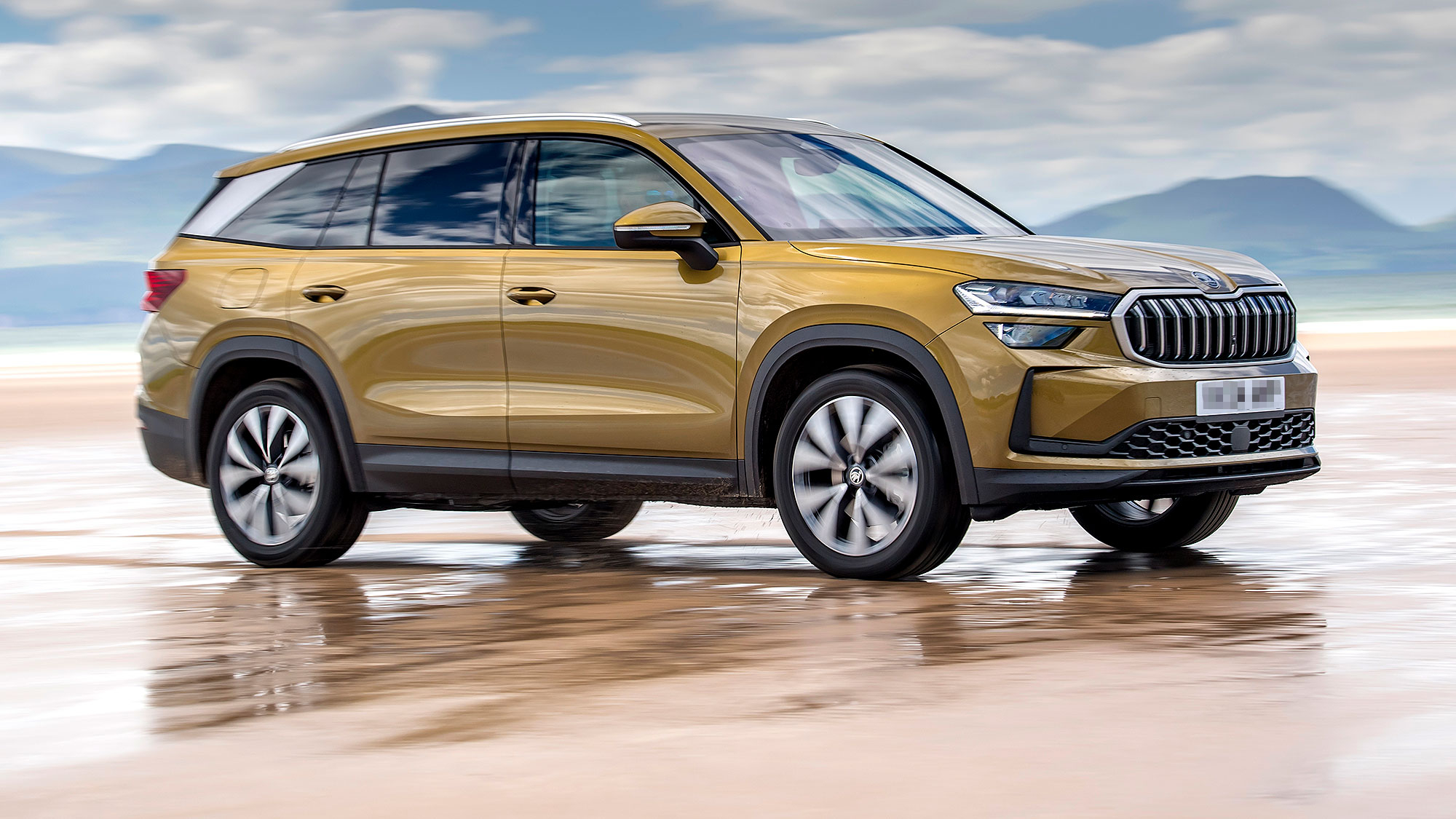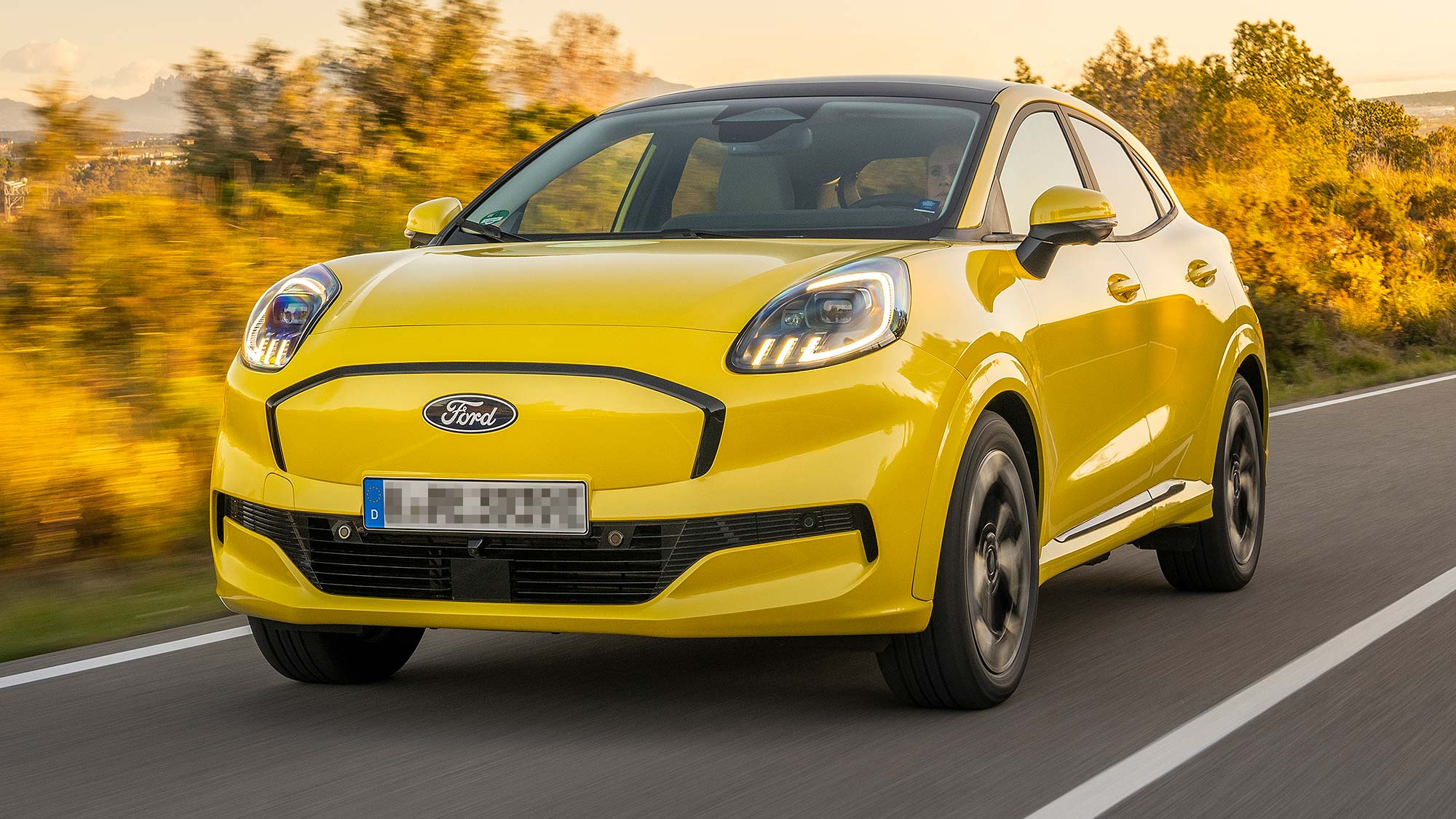Voice-activated technology is becoming more popular in everyday life, thanks to big-brand innovations like Amazon’s Echo and Apple’s Siri. The technology itself is still developing, but the automotive industry is where it has been progressing faster than anywhere else. In fact, in-car speech recognition has been around for a long while, but why has it been so popular in cars and where is this technology going in the future?
Safety
Safety has always been the driving factor behind the development of this technology. Whether you’re using a maps app or dictating a hands-free text message, in-car speech recognition aims to eliminate the distraction of looking at your mobile telephone while you are motoring.
Convenience
The technology doesn’t just increase safety, it is also incredibly convenient and has the potential to help drivers with limited mobility or other disabilities. For instance, if you can use your voice to activate all your car’s auxiliary systems, e.g. audio, sat nav, climate control and so on, then these are all pieces of equipment you don’t need to press a button to turn on and off. What’s more, you don’t need to input any information or otherwise take your concentration away from what you are meant to be doing: driving and focusing on the road.
Amazon Echo Auto
The latest device to become available to drivers is the Amazon Echo Auto. As with all Echo products, Echo Auto is controlled by your voice and it can read the news to you, navigate the road, play music through your vehicle’s speakers and even set reminders for you.
This is useful of course, but companies like Google and Apple are truly redesigning the way voice activation is used in cars to take it to the next level. We can expect Amazon to continue to develop its capabilities to try to catch up with the biggest players in this area.
Google Android Auto
Android is still the biggest player in the world’s smartphone market, so if you are an Android devotee, you will feel comfortable with the basic version of your phone’s display on your car’s dashboard.
Android Auto hooks up through a USB cable and then depends on Bluetooth for voice phone calls via the car. Once your smartphone is connected, Android Auto triggers a vital safety feature which makes your phone unusable so you won’t be tempted use it on the road. There is no need to glance at your phone, alter the volume or anything like that—you can do it all by voice command.
All Android screens are nearer to your field of vision and in a bigger format than on a phone screen.
Apple CarPlay
CarPlay brings a safety-intensive version of Apple’s iOS to your vehicle’s touch-screen display. Just attach your iPhone and your car’s pre-installed entertainment system is switched to Apple’s well-known icons. Siri is fully included in CarPlay. Press the voice switch on your car’s steering wheel and Siri will be there to help you navigate to the nearest fuel station, shift between music playlists and even send emails and text messages.
Nuance
There are other voice-activated systems that aren’t as well-known as Android or Apple. One of these is Nuance, which uses natural voice patterns. There is even voice biometric technology so the system recognises who is speaking—whether it’s the regular driver or a passenger.
Protecting your data
If you used the multimedia or infotainment system in your Motability Scheme car, ensure you do a factory reset before you hand back your car at the end of your lease, so that your personal details that may be stored on the system are removed. Information on this can be found in the manufacturer’s handbook or alternatively, you can ask your dealer to do this for you
Car manufacturers’ systems
Car manufacturers have invented their own systems, too. Vauxhall’s OnStar and Ford’s Sync are some examples. They integrate your voice and smartphone into entertainment, navigation and other features. However, as many car companies have discovered, it is proving to be quite hard for these manufacturers to combine all of the desired features into one system as Apple and Android have achieved—but that doesn’t mean that these manufacturers won’t keep on trying to match them.
So it is clear where the focal point of in-car speech recognition is going—convenience and safety in equal measure. That said, it is vital to remember that voice-activated technology doesn’t mean 100 per cent “distraction-free” motoring. It is always up to you, the driver, to totally make sure your eyes don’t wander from the road ahead.
Car search
If you are interested in joining the Motability Scheme, you can start exploring our full range of vehicles by using our car search tool. When looking for your next vehicle, explore as many makes and models that are available on the Scheme as possible—many of which already come equipped with technology such as voice recognition.
There are over 4,500 Motability car dealerships in the United Kingdom, with experts to help you find a vehicle to meet your needs. A full test-drive is the best way to know if a car you are interested in has the technology you want, which you can arrange with your dealer.
Related articles
Improvements to WAV Search tool launched
The future of automated driving
How vehicle on-board computers help you drive every day
Lane departure warning, driver alert systems and reversing cameras explained
![]()
